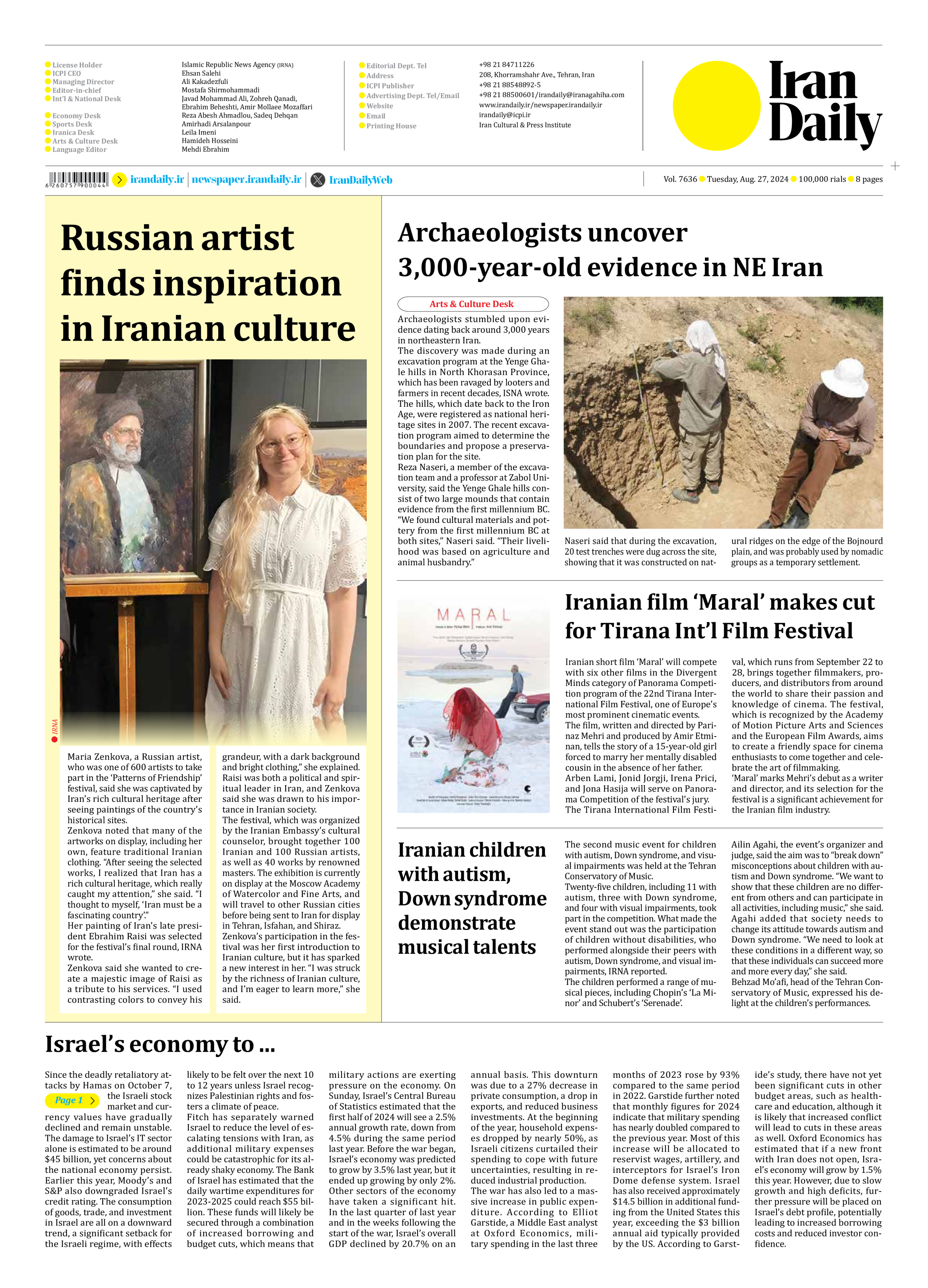
Copy in clipboard...
Archaeologists uncover 3,000-year-old evidence in NE Iran
The discovery was made during an excavation program at the Yenge Ghale hills in North Khorasan Province, which has been ravaged by looters and farmers in recent decades, ISNA wrote.
The hills, which date back to the Iron Age, were registered as national heritage sites in 2007. The recent excavation program aimed to determine the boundaries and propose a preservation plan for the site.
Reza Naseri, a member of the excavation team and a professor at Zabol University, said the Yenge Ghale hills consist of two large mounds that contain evidence from the first millennium BC.
“We found cultural materials and pottery from the first millennium BC at both sites,” Naseri said. “Their livelihood was based on agriculture and animal husbandry.”
Naseri said that during the excavation, 20 test trenches were dug across the site, showing that it was constructed on natural ridges on the edge of the Bojnourd plain, and was probably used by nomadic groups as a temporary settlement.







